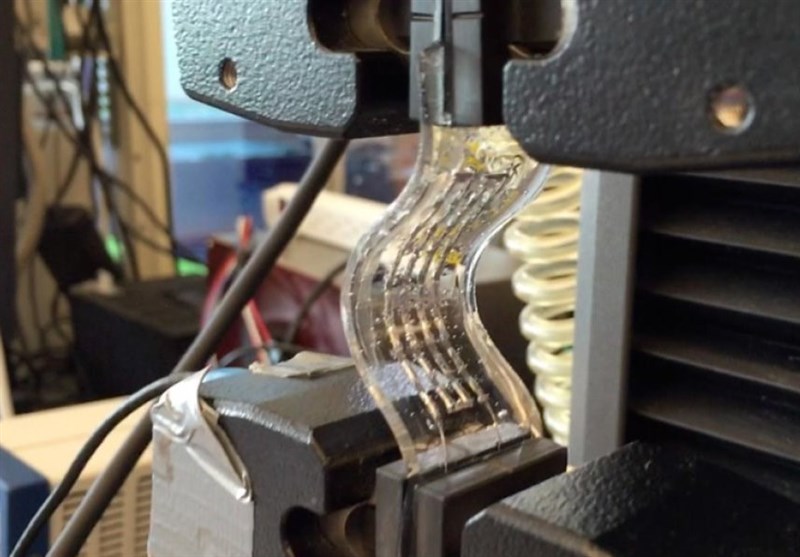Flexible Wearable Electronics Use Body Heat for Energy
TEHRAN (Tasnim) - In a proof-of-concept study, North Carolina State University engineers designed a flexible thermoelectric energy harvester that has the potential to rival the effectiveness of existing power wearable electronic devices using body heat as the only source of energy.
Wearable devices used to monitor a variety of health and environmental measures are becoming increasingly popular. The performance and efficiency of flexible devices, however, pale in comparison to rigid devices, which have been superior in their ability to convert body heat into usable energy.
"We wanted to design a flexible thermoelectric harvester that does not compromise on the material quality of rigid devices yet provides similar or better efficiency," said Mehmet Ozturk, a professor of electrical and computer engineering at NC State and corresponding author of a paper describing the work.
"Using rigid devices is not the best option when you consider a number of different factors," he added.
Ozturk mentioned superior contact resistance -- or skin contact -- with flexible devices, as well as the ergonomic and comfort considerations to the device wearer.
He said one of the key challenges of a flexible harvester is to connect thermoelectric elements in series using reliable, low-resistivity interconnects. "We use a liquid metal of gallium and indium -- a common, non-toxic alloy called EGaIn -- to connect the thermoelectric 'legs'."
Ozturk said future work will focus on improving the efficiencies of these flexible devices, by using materials and techniques to further eliminate parasitic resistances.
The paper appears in Applied Energy. The research group also has a pending patent application on the technology.







